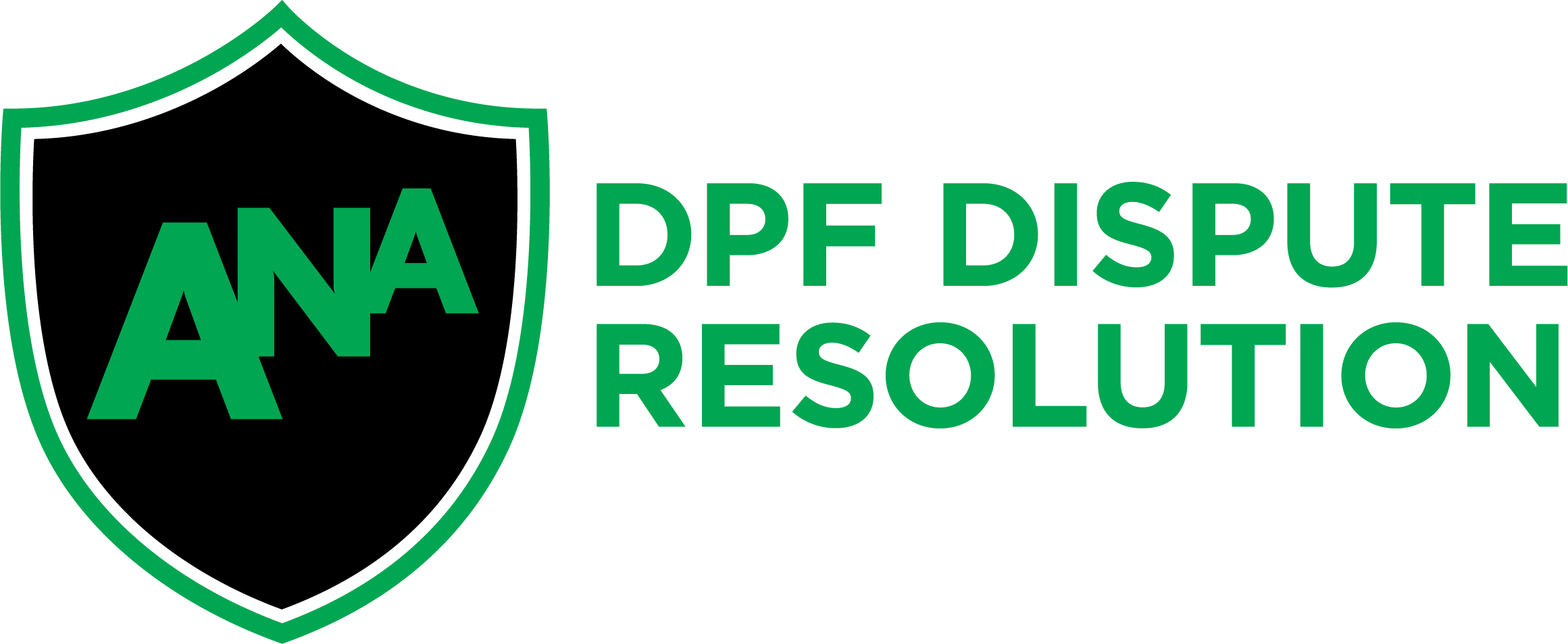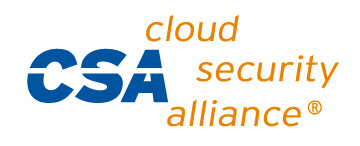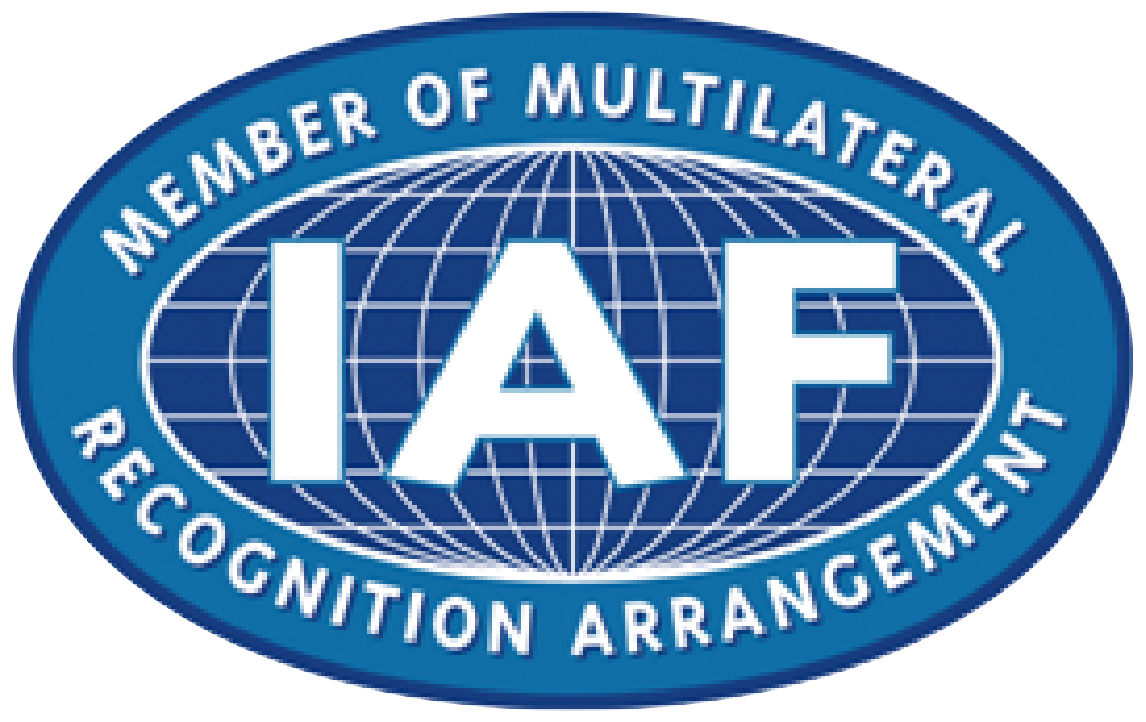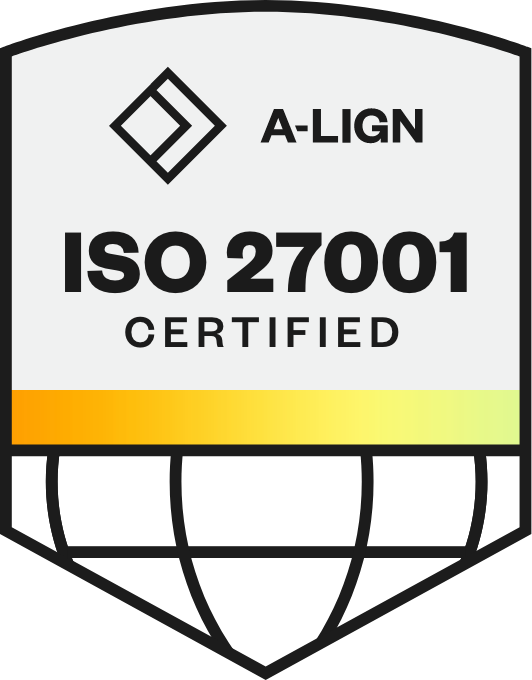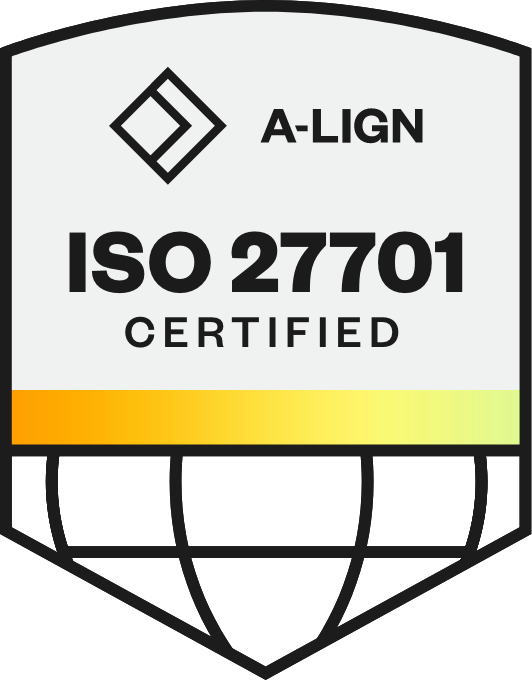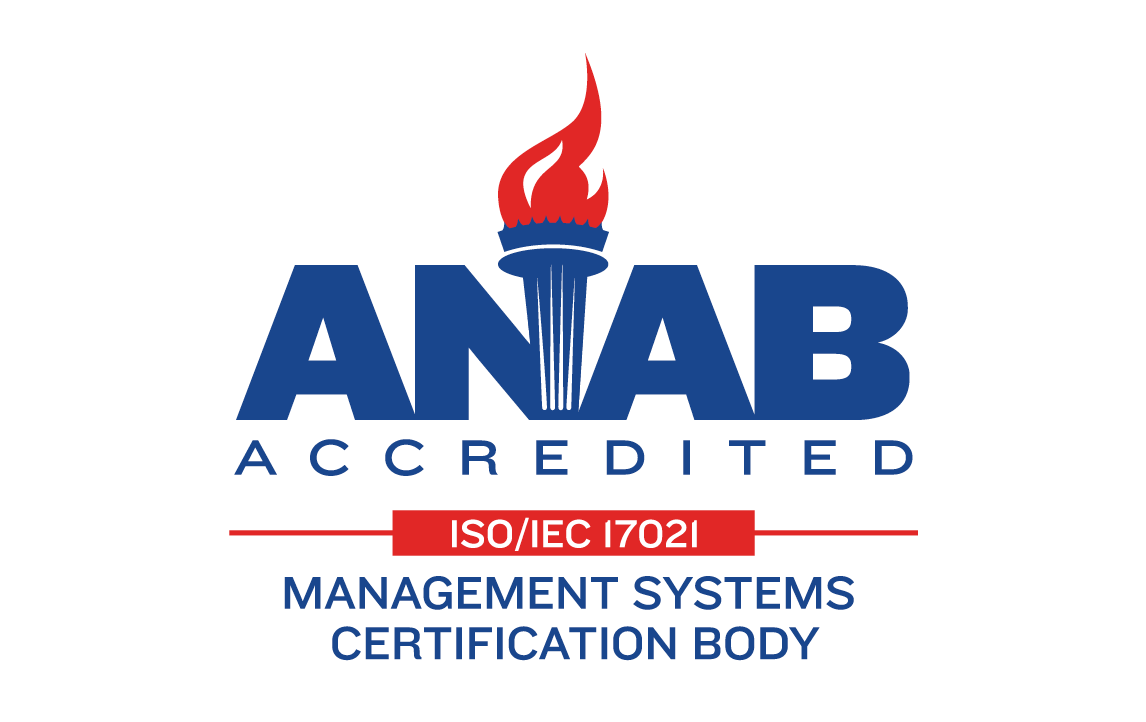
Why the Time to Invest in Skills is Now ft. Deloitte
The workplace is undergoing a seismic shift. Organizations are embracing new technologies, navigating evolving employee expectations, and adapting to constant market disruption. In this environment, one truth is becoming increasingly clear: skills are the most valuable currency in the modern workforce. Yet many HR teams still rely on outdated models built on job titles and tenure rather than real capabilities.
Lucas Watanabe, managing director at Deloitte Consulting LLP, emphasized that the time to act is now in the latest episode of Talent Experience Live. Organizations that delay skills transformation risk falling behind, not only in productivity, but in retaining and engaging the workforce of tomorrow.
"The pace of change today is far faster and fiercer than it has ever been. If an organization doesn't focus on skills today, they've already lost the game," shared Watanabe.
Watch the full episode below or continue reading the highlights!
Why Skills Must Anchor the Way We Work
The traditional ways of managing talent, job descriptions, static organization charts, tenure-based promotions, aren’t built for how fast work is evolving. As organizations race to adopt AI, close capability gaps, and plan for uncertain futures, one truth is becoming clear: skills offer the flexibility that roles and titles can’t.
In a skills-based organization, HR doesn’t just track experience, it surfaces capability. It’s a shift from asking “What has this person done?” to “What can they do next?” That distinction unlocks better hiring decisions, more targeted learning, and talent mobility that’s based on potential, not just hierarchy.
This approach also provides HR with a future-facing view of the workforce. Instead of reacting to attrition or missed hiring targets, teams can identify gaps early and move people into the right roles faster. Without that visibility, internal mobility efforts may stall, reskilling becomes misaligned, and costly external hiring becomes the default.
For HR leaders, the opportunity isn’t just to adopt a new model, it’s to reshape how talent decisions are made across the business. Skills-based frameworks let HR move from order-taker to strategic partner, guiding the organization through transformation with data-driven insight.
“Whether you call it skills-based organization, skills-first, or skills approach, it’s all the same,” said Watanabe. “It’s about putting skills at the center and making them the connector across talent processes.”
His point is especially relevant as transformation pressures mount. Workforce plans built on backward-looking data won’t hold. To stay competitive, organizations need to know not just where talent is, but where it can go.
Related: Moving into the Fast Lane: Becoming an AI-fueled, Skills-based Organization
Challenges That Undermine Skills Transformation
The idea of building a skills-based organization is no longer radical. Most talent leaders agree it’s the direction we need to move. But agreeing on the “why” is the easy part. Executing the “how” is where things break down.
What derails transformation isn’t lack of belief, it’s friction across priorities, systems, timelines, and people. These challenges are not hypothetical. They’ve surfaced time and again in organizations trying to modernize their approach to talent. Ignoring them can lead to wasted investment, stalled momentum, and trust that’s hard to earn back.
Here are just a few of the challenges that can undermine a skills transformation at your organization:
1. Lack of Strategic Focus
One of the earliest warning signs is starting without clarity. Teams begin building taxonomies or shopping for technology before defining what they’re solving for. Is the focus internal mobility? Capability development? Workforce planning?
Without a clear North Star, the strategy fragments. Metrics become fuzzy. Leaders lose interest. And the initiative gets categorized as another HR project rather than a business-critical capability.
“You have to know: what’s the end goal you’re trying to achieve? If you don’t rally around that, you spin for too long,” highlighted Watanabe.
Related: The Ultimate Retention Tool: How Kuehne+Nagel Created an Internal Mobility Machine
2. Fragmented Ownership Across Teams
Skills transformation touches almost every people function, including HR, Learning & Development, talent acquisition, IT, and the business. But when responsibility is spread too thin, no one owns the outcome. Input turns into indecision, and decisions become delayed by internal friction.
Successful organizations establish clear accountability early on, not just for execution, but for decision-making and business alignment.
3. Building Too Much Before Testing Anything
It’s tempting to wait until everything is mapped, tagged, and “ready.” But that approach could risk irrelevance. Skills, systems, and business needs evolve too quickly for a multi-year build to keep pace.
A better path is to pick a focused, high-impact use case, one tied to real outcomes, and build just enough to learn. After all, iteration builds confidence. Perfection delays value.
“If you take two years building the infrastructure and the process, and then start releasing it, it would have already folded in on itself,” Watanabe noted.
4. Missing Guardrails and Governance
Skills data influences everything, from how people are hired to how they grow. Without governance, you risk inconsistency, confusion, or worse, privacy violations and ethical missteps, especially when AI is involved.
Governance doesn’t need to be heavy-handed. But there must be clarity around how skills are defined, what systems use them, and how decisions are made.
Related: Skills Governance: From Theory to Practice
5. Stale Data That Doesn’t Reflect Reality
Skills have a half-life. If your system tracks what someone learned five years ago, but not what they’ve developed recently, it can’t support real-time decisions. And if your frameworks are static, they may quickly fall out of sync with how the business operates.
Skills intelligence only works when it evolves alongside the people and processes it supports.
6. Employee Resistance Rooted in Mistrust
Employees may resist skills initiatives if they’re unclear about the benefits or fear being evaluated unfairly. This is especially true for those nearing promotions who worry the rules are changing.
Clear, transparent communication is essential to build trust and drive adoption.
How Skills Drive Value Across the Talent Lifecycle
Skills are more than data points, they’re decision enablers. When embedded across the talent lifecycle, skills create alignment, agility, and accountability at every stage, from hiring to workforce planning. The difference is felt not just in how people are hired or trained, but in how they grow and where they stay.
Hiring Based on Capability, Not Only Credentials. Traditional hiring relies heavily on job titles, degrees, and rigid requisitions, often missing candidates with real potential. A skills-first approach enables teams to assess what candidates can do, not just where they’ve been.
AI and automation can support this shift by surfacing candidates based on relevant, adjacent, and inferred skills. And when job architecture is rewritten with skills in mind, rather than legacy role descriptions, teams avoid mismatches and broaden the pool of qualified talent.Development That Closes Business-Critical Gaps. Learning becomes meaningful when it’s tied to what people need next, either in their current roles or for future opportunities. Generic training fails to deliver when it’s disconnected from skills intelligence.
Intelligence and automation that helps employees discover personalized learning paths aligned with their skill profiles and aspirations becomes essential as a result. For talent management teams, this means prioritizing development efforts that support current capability gaps, future-readiness, and performance growth, at both the individual and enterprise level.
Related: Career Pathing Best PracticesMobility That Extends Beyond Promotions. Employees don’t just want career ladders, they want movement. Skills visibility helps them understand what’s next, whether that’s a lateral shift, a short-term project, or a growth role outside their current function.
Organizations should consider enabling internal mobility by mapping individual skills to open roles, gigs, and project-based work, while showing what they need to build to get there. This keeps talent engaged, reduces attrition, and unlocks capability already within reach.Workforce Planning with Real-Time Agility. Traditional workforce planning is slow compared to today’s pace of change. Skills intelligence allows talent teams to anticipate capability needs before they become urgent, and respond proactively to transformation, compliance shifts, or growth strategy.
AI-powered workforce intelligence tools give leaders visibility into which skills are strengthening, which are fading, and where to focus reskilling or redeployment efforts. When workforce decisions are based on dynamic skills data, organizations can adjust faster, plan smarter, and invest more confidently.A Shared Skills Language Across the Enterprise. One critical but often overlooked enabler of all this is consistency. Without a unified taxonomy, different teams define and track skills differently, making integration and insight nearly impossible. When the same skills framework powers hiring, learning, mobility, and planning, organizations avoid duplication, reduce confusion, and build alignment. It becomes the foundation for every talent decision, not a separate initiative.
Bringing Skills Strategy to Life
A skills-based approach delivers real impact only when it moves beyond frameworks and becomes embedded in how decisions are made across the organization. To do that, teams need to align around shared value, build trust through early wins, and establish the structures that allow transformation to scale.
Align Stakeholders Around Business Value
Every stakeholder views skills through a different lens, and each one must see how a skills-based model supports their goals:
Business leaders focus on outcomes: revenue, speed, capability, and resilience. Positioning skills as a mechanism to drive agility and internal redeployment helps connect the dots between people strategy and business performance.
HR and talent teams value clarity and speed. Skills simplify talent processes, from matching and learning to succession, and allow these teams to operate more proactively, rather than reactively.
Technology and data teams are invested in long-term sustainability. Early involvement allows them to help define standards for data governance, taxonomy consistency, and system integration, avoiding the risk of disconnected tech layers.
Employees and people managers need personal relevance. Skills initiatives must feel like career enablers, not tracking tools. “If people don’t see how this benefits them personally, they disengage,” Watanabe expressed. “They’ve seen a lot of 'transformations' before.”
He also emphasized the importance of cross-functional sponsorship: “If you're going to do this, it's not just an HR initiative. You need the business, you need HR, you need your tech partners, and you need executive sponsorship.”
Related: State of Skills Market Data Report
Launch with Focus, Not Scale
Many organizations overcommit at the start, trying to operationalize skills across the entire enterprise in one motion. This often delays impact and erodes internal confidence.
A better approach is to begin with a pilot program: one function, one use case, one measurable objective. Choose an employee group with a strong use case, such as a reskilling need, hard-to-fill roles, or a high-turnover team, and launch a tightly scoped initiative. This provides a low-risk way to validate assumptions, surface friction, and generate early advocacy.
“What we encourage folks to do is start small,” explained Watanabe. “Pick one of your business units and run a pilot. What you'll see is that your people want these tools, and that starts to create internal momentum.”
Govern With Intent, Not Overhead
Governance is what helps transform experimentation into enterprise readiness. Without it, even well-executed pilots can fragment as other teams attempt to replicate or scale without structure.
Successful organizations establish foundational governance early: a clear taxonomy, standards for skill tagging, clarity on AI use, and accountability for ongoing data management. Some form cross-functional governance councils that serve as stewards of consistency across systems and functions.
“Whether you build strong governance or keep it lightweight, you need clarity around four things,” Watanabe said. “The skills you’re tracking, the tech you’re using, the processes you’ll touch, and how change will be managed.”
Governance doesn’t slow down innovation, it ensures that momentum doesn’t break trust or create inconsistency as the strategy grows.
Related: AI, Skills & Ontologies for Talent Management
Turning Skills Vision Into Action
Skills transformation is no longer optional, it’s foundational to building a more agile, responsive workforce. As roles evolve and talent needs shift faster than traditional structures can support, organizations that act now gain a measurable edge in resilience, internal mobility, and long-term retention. As Watanabe noted, “The whole premise of skills as a way to unlock human potential… it’s a way to connect people to the work they do and unlock passions.”
If you’re ready to move from vision to execution, download the Workforce Intelligence Guide: A Skills-Based Deployment and Adoption Plan to learn how leading HR teams are applying skills strategy across the talent lifecycle.
Disclaimer: This document contains general information only and Deloitte is not, by means of this document, rendering accounting, business, financial, investment, legal, tax, or other professional advice or services. This document is not a substitute for such professional advice or services, nor should it be used as a basis for any decision or action that may affect your business. Before making any decision or taking any action that may affect your business, you should consult a qualified professional advisor.
Deloitte shall not be responsible for any loss sustained by any person who relies on this document.
As used in this document, “Deloitte” means Deloitte Consulting LLP, a subsidiary of Deloitte LLP. Please see www.deloitte.com/us/about for a detailed description of our legal structure. Certain services may not be available to attest clients under the rules and regulations of public accounting.
Copyright © 2025 Deloitte Development LLC. All rights reserved.
Apurba is a writer who specializes in creating engaging content, backed by storytelling, data, SEO and a cup of coffee. When she’s not writing, she’s reading, cooking fusion food, or curiously traveling like a local.
Get the latest talent experience insights delivered to your inbox.
Sign up to the Phenom email list for weekly updates!



